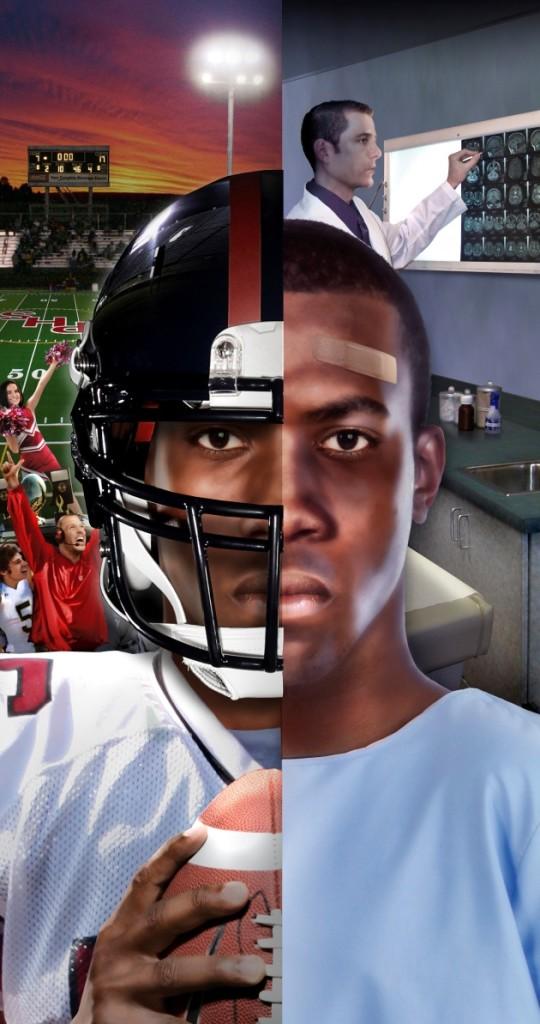Football causes annual rise in concussions
November 19, 2013
When athletes participate in sports, there is always a risk for injury, but recently there has been more focus on the increasing number of concussions at the high school, college, and professional level. This is the case especially for football.
In early November sophomore football player Daniel Ross says he suffered a concussion when he went head-to-head with someone several times in one play. “I’ve been out for two weeks. I got moved up [to varsity] so I’ll probably be back and suit up in Friday’s [November 15] game,” said Ross.
“Concussions are like most injuries, first degree, second degree, and third degree. They vary in the severity of the type of concussion the individual will have,” said Varsity football coach Rick Conner.
The fall season usually brings more injuries, and the school trainer estimates that this year there have been about 15. “That’s pretty normal because the fall has football and football has a lot of athletes so that’s why there’s more of them and it’s a contact sport,” said trainer Caroline Liseé.
Mrs. Kathryn Rich, school registrar, says her oldest son played football for Linganore in 2006 and suffered a concussion. “The rules weren’t as strict and he could resume play as soon as the doctor cleared him,” said Rich.
In the past, concussions were under reported because there weren’t as many precautions taken or tests to determine severity of injury. Liseé said, “If it was five or ten years ago, I would only have five or ten concussions instead of 10 to 15 because now there are a lot more safety measures.”
Now there are extra precautions taken before an athlete is able to resume play.
“If they get diagnosed with a concussion, it’s called a ‘return to play’ protocol; whereas, they have to be concussion symptom free and cleared by a medical professional. There’s a five day action plan to get them back into their activity whether it be soccer, football, lacrosse,” said Conner.
College football is also taking more safety measures for the players this year, instituting a new targeting rule where a player can get disqualified from the game if they initiate contact with the crown of their helmet or make head-to-head contact with a defenseless player.
Week eight of the college football season saw three ejections for violations under the controversial new targeting rule. On the first play of the Florida versus Missouri game, Florida safety Cody Riggs was penalized and ejected for leading with his helmet. South Carolina safety Kadetrix Marcus was thrown out for the same reasons in the first quarter of the Tennessee game. Georgia defensive end Ray Drew was ejected on a controversial call involving contact with the Vanderbilt quarterback.
To increase the accuracy of diagnosing concussions, baseline testing is a precaution many schools are considering. Baseline testing is a pre-season exam to test balance, concentration and such things related to the brain which include the presence of concussion symptoms. Results from baseline tests can be used and compared to a similar test if there is a suspected concussion. Comparing the test to a post-injury test can help identify where the injury is in the brain and when the athlete can return to play.
“Baseline testing is out there. A lot of colleges have it some high schools have it. It would probably give you more information on when an individual is able to return to play with symptoms,” said Conner.
Baseline testing has been introduced to many counties in the state of Maryland. Counties such as Montgomery County, using ImPACT software, had mandatory testing for all student athletes before the fall season.



